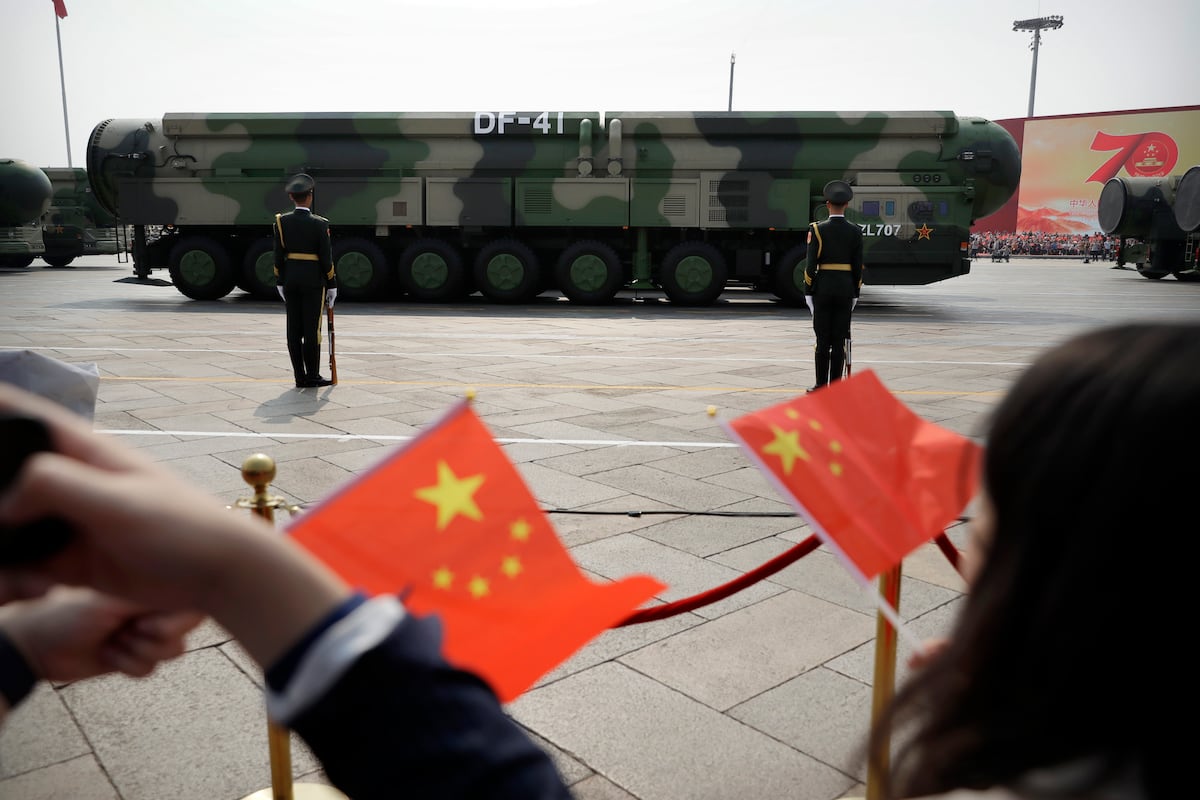Advancements in Naval Warfare: The Modular Attack Surface Craft Program
The United States Navy has launched an innovative program focused on developing Modular Attack Surface Crafts (MASC), marking a significant advance in naval capabilities. Central to this initiative is the concept of unmanned surface vessels (USVs) designed to transport missiles across extended maritime distances.
Objectives of the MASC Program
The MASC initiative aims to produce robust and adaptable USVs, proficient in accommodating diverse containerized payloads. According to a recent solicitation dated July 28, these unmanned vessels are projected to transport payloads equivalent to more than four standard 40-foot containers. This volume is comparable to that of the Navy’s advanced anti-ballistic missile system, the Mark 70 Mod 1 Payload Delivery System.
- Design Philosophy: The program emphasizes cutting-edge technologies and modular design to create vessels that are versatile and resilient. Such adaptability is vital in countering the evolving spectrum of maritime threats.
Increasing Dependency on Containerized Systems
Over the past few years, the Navy has increasingly relied on containerized missile systems to enhance the armament capabilities of existing platforms. Historical challenges in shipbuilding, compounded by budget constraints, have necessitated these adaptations. As the U.S. Navy strives to modernize its fleet, this shift indicates a priority in aligning with contemporary maritime operational dynamics.
Key Features of the USVs
The solicitation for the MASC program outlines specific requirements for these new vessels:
- Non-Exquisite Design: These crafts are to be straightforward in construction, allowing for easier repairs and maintenance.
- International Compatibility: The Navy seeks designs that are interoperable with the needs and systems of allied forces, fostering cooperative defense initiatives.
Navigating Shipbuilding Challenges
The Navy’s push for unmanned vessels comes in the wake of significant delays in traditional shipbuilding efforts. These delays highlight a long-standing struggle within the Navy to commission new ships in a timely manner. Autonomous platforms present a viable solution that could alleviate some of these challenges, offering flexibility when immediate asset deployment is needed.
Financial Commitment to Unmanned Technology
For Fiscal Year 2026, the Navy has shown a notable commitment to unmanned systems, including:
- Surface Vessels: $203 million allocated for USVs.
- Aerial Systems: $715 million earmarked.
- Subaqueous Platforms: $668 million designated for underwater technologies.
Moreover, unmanned vessels played an integral role in a major warfighting exercise conducted in the Baltic Sea earlier this year, underscoring the strategic importance of these systems in operational scenarios.
Addressing Repair and Modernization Issues
Beyond design and construction, the Navy grapples with challenges in vessel repair and upgrades. A well-designed, easily maintainable USV could significantly mitigate these issues.
In June, the Naval Sea Systems Command initiated a streamlined process for manufacturing destroyer components using 3-D printing technologies, aiming to modernize operational capabilities. Furthermore, an investment strategy for Fiscal Year 2026 seeks to revitalize shipyards, many of which are outdated, averaging over a century old.
Strategic Implications
The evolution of the MASC program represents a pivotal shift in naval strategy. By harnessing technological advancements and exploring innovative design strategies, the Navy is positioning itself to better respond to 21st-century security challenges. As the maritime landscape continues to evolve, the emphasis on unmanned systems serves not only to enhance operational effectiveness but also to foster greater interoperability among allied naval forces.
In summary, the Modular Attack Surface Craft program embodies the Navy’s commitment to leveraging modern technology for enhanced maritime defense, underscoring a proactive approach to contemporary naval warfare challenges.





